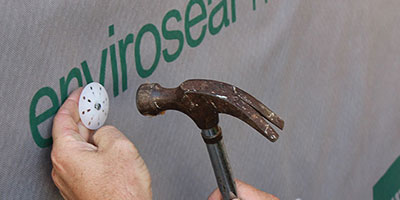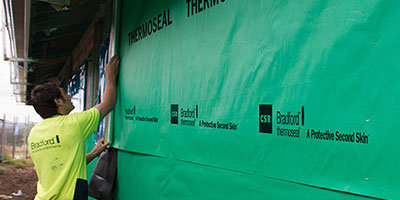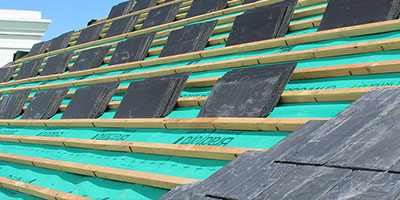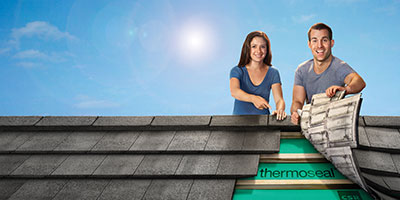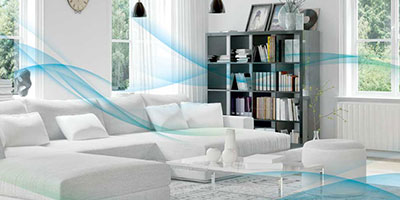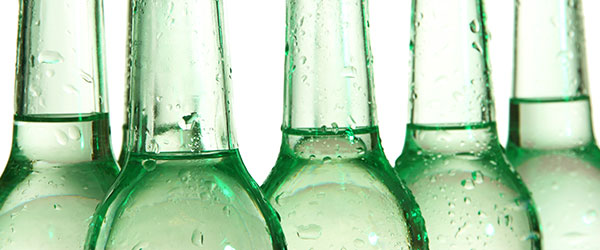
Condensation can also occur in homes due to the vapour that is created by showers, cooking, kettles and everyday living. In colder parts of Australia, care needs to be taken to ensure this warm air condensates on the outside of the home and not within the living areas.
Insulating walls and ceilings helps to keep the internal linings above the dew point, but vapour can pass through painted plasterboard and insulation. Where vapour barrier products are used (such as traditional wall wraps or sarking materials), care needs to be taken to ensure these linings don’t allow condensation to form on their internal face, as this can lead to water forming on structural members like timber framing and can lead to problems with the formation of mould and mildew.
A way to address this issue is to install vapour permeable membranes (wall wraps and sarkings) in regions where this is deemed a concern. Bradford has a range of vapour permeable products marketed under the Enviroseal range which can be used instead of our traditional Thermoseal products.
Conversely, where metal roofing is used, installing Bradford Anticon roofing blanket allows the internal foil face to be insulated from the roof sheet above it, reducing the risk it will reach the dew point.
Ventilating the attic space is also good practice as a way of removing warm, moist air from attic spaces, and ducting bathroom exhausts, range hoods and other appliances that generate warm, moist air to the outside is strongly recommended.
To learn more about which parts of Australia are most susceptible to condensation issues please contact CSR Bradford technical specialists or refer to the Enviroseal Healthy Buildings Brochure.



